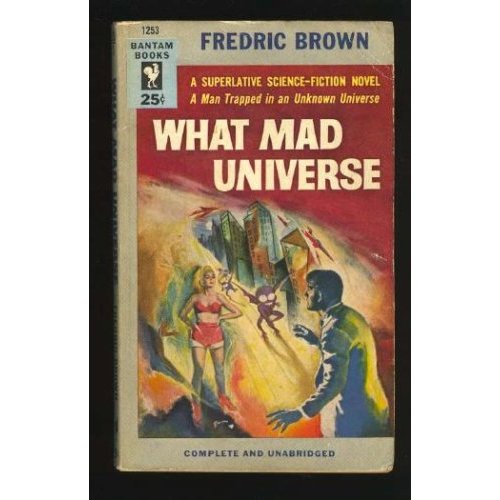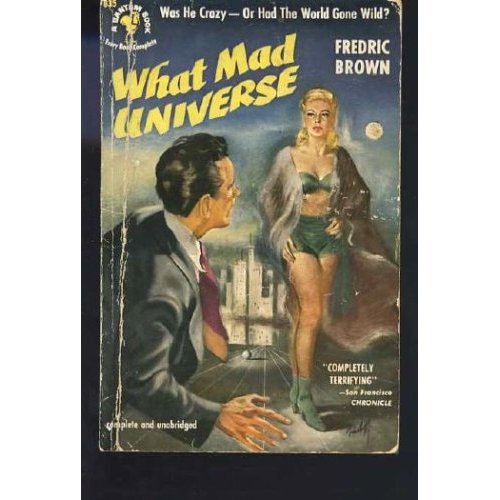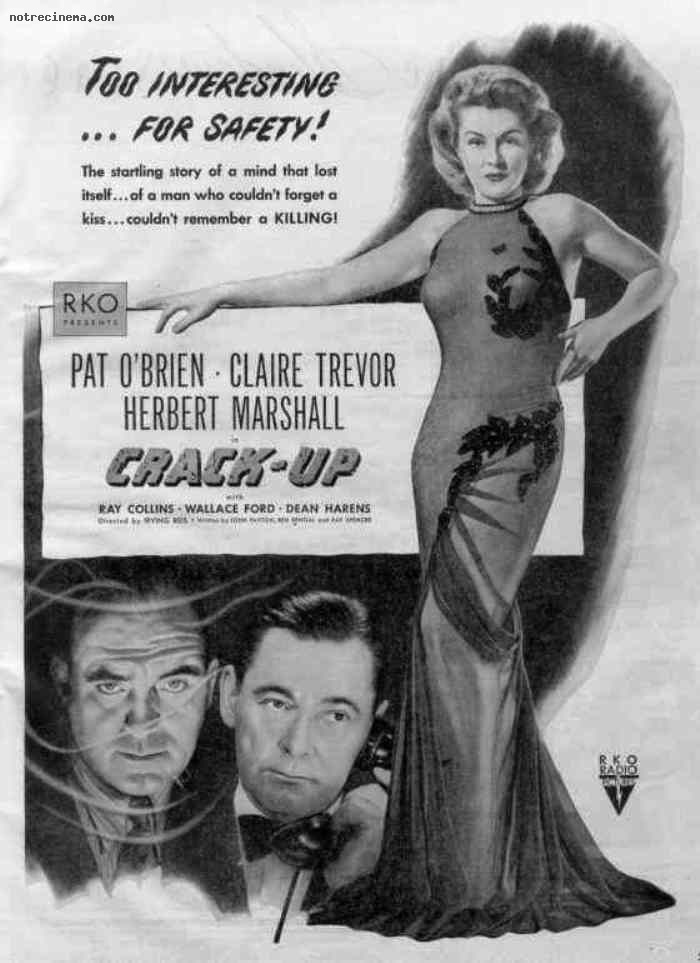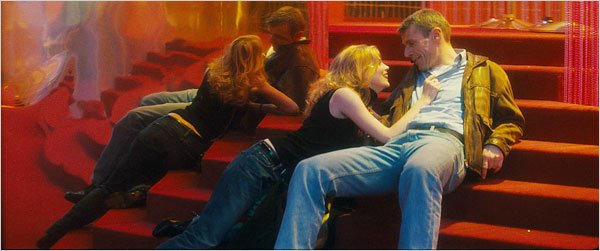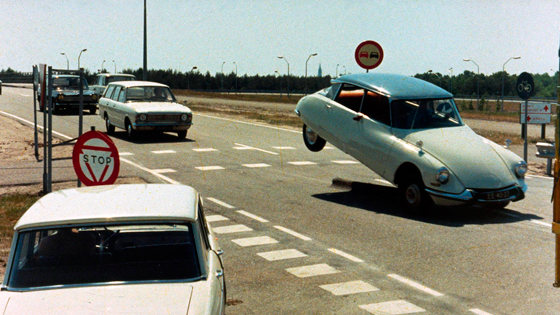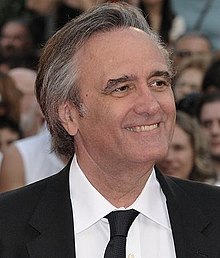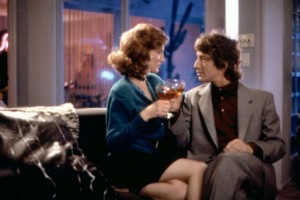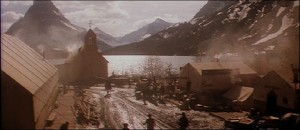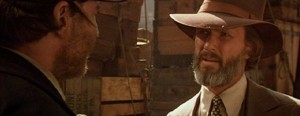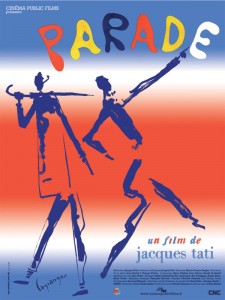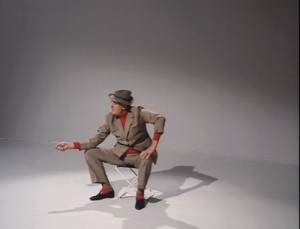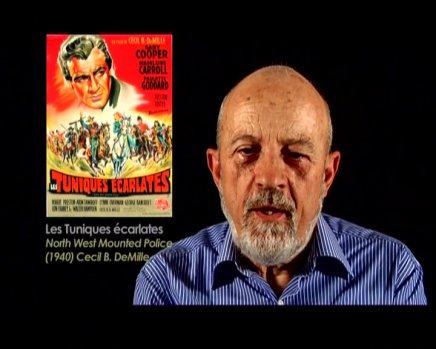I’m sorry that the Chicago Reader in its current issue chooses not to acknowledge that it’s anything special or worthy of more than cursory notice, but Edward Yang’s A Brighter Summer Day is probably the greatest Taiwanese film ever made, and it doesn’t turn up here often. Doc Films is showing it at 7 pm. Here’s my original capsule review, only slightly updated:
Bearing in mind Theodore Dreiser’s An American Tragedy, this astonishing 230-minute epic (1991) by Edward Yang (1947-2007), set over one Taipei school year in the early 60s, would fully warrant the subtitle “A Taiwanese Tragedy.” A powerful statement from Yang’s generation about what it means to be Taiwanese, superior even to his later masterpiece (and final film) Yi Yi (2000), it has a novelistic richness of character, setting, and milieu unmatched by any other 90s film (a richness only partially apparent in its three-hour version). What Yang does with objects — a flashlight, a radio, a tape recorder, a Japanese sword — resonates more deeply than what most directors do with characters, because along with an uncommon understanding of and sympathy for teenagers Yang has an exquisite eye for the troubled universe they inhabit. This is a film about alienated identities in a country undergoing a profound existential crisis — a Rebel Without a Cause with much of the same nocturnal lyricism and cosmic despair. Read more



